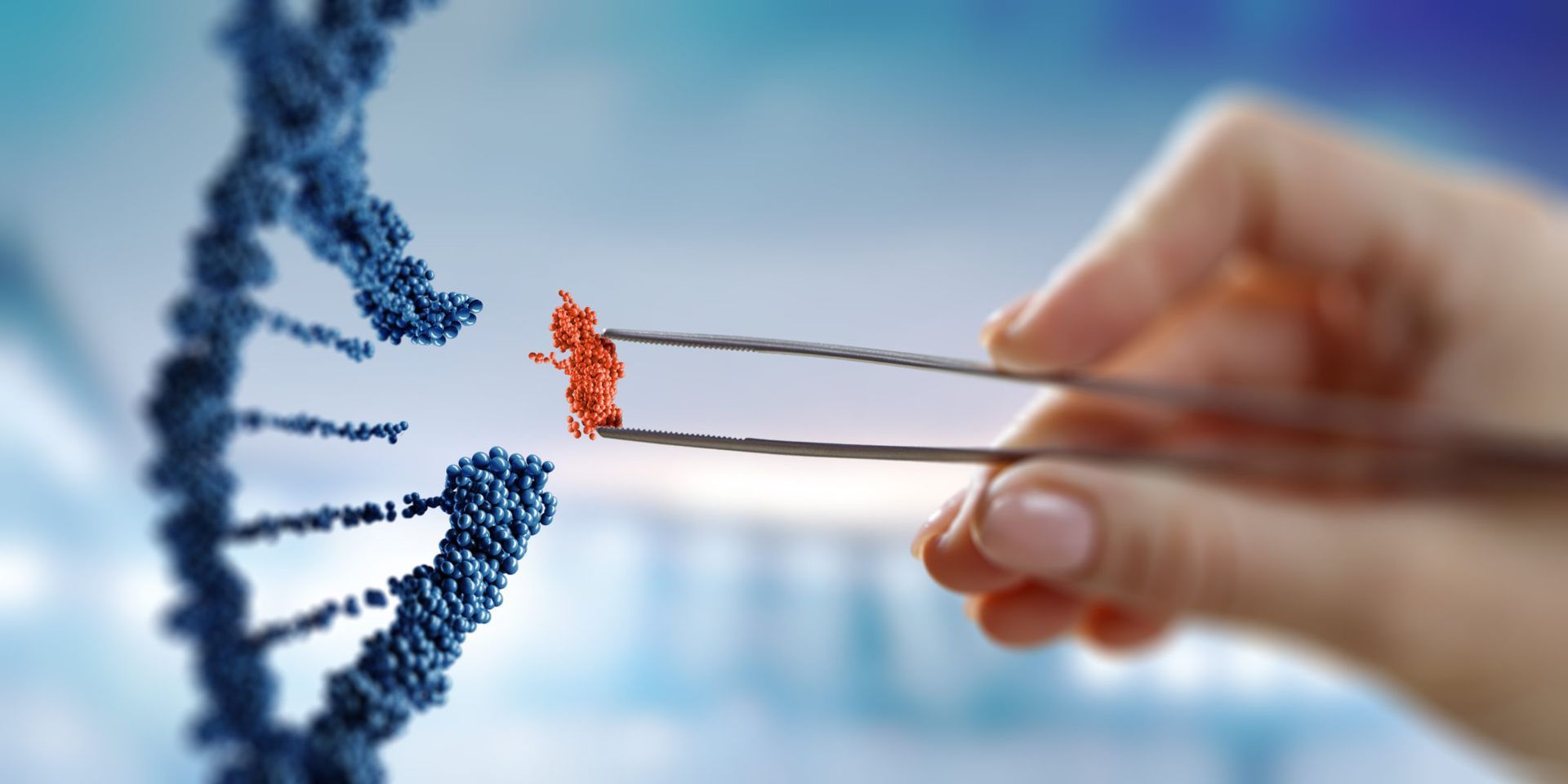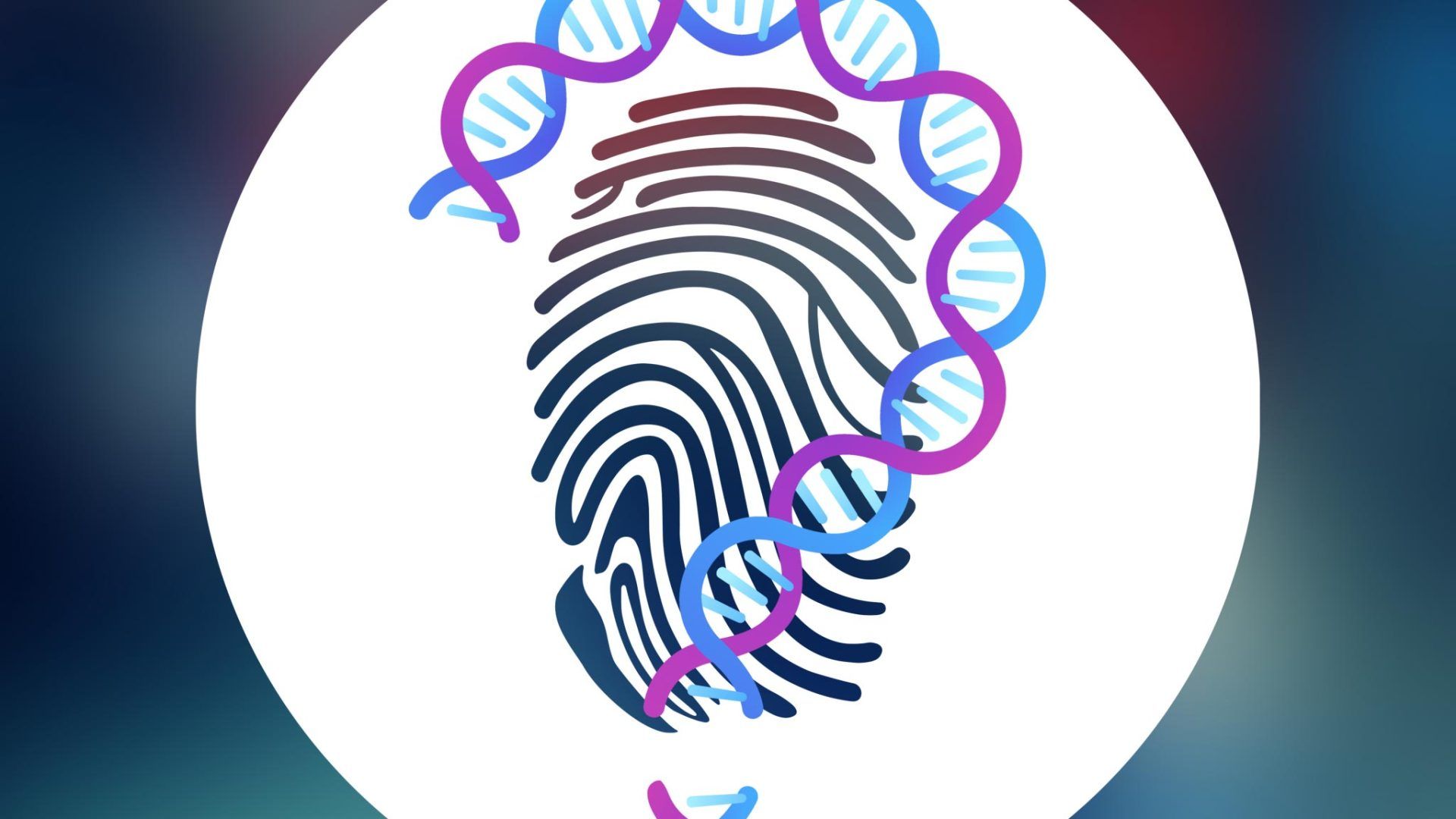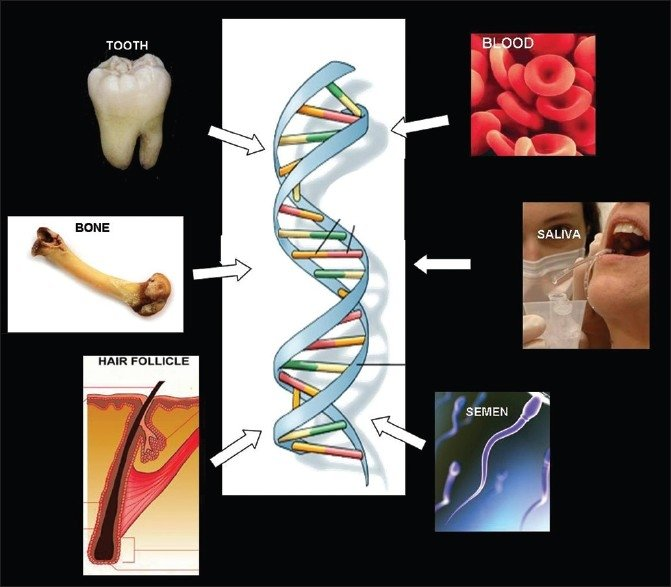The genetic witness: forensic DNA phenotyping
Editorial: The Genetic Witness: Forensic DNA Phenotyping
Before the advent of DNA testing, according to van Laan, forensic biological samples were processed primarily through serology techniques, such as ABO blood typing and polymorphic isoenzyme analysis, to narrow down potential donors. While these methods could help eliminate unlikely suspects, they could not pinpoint an individual. Research has shown that many convictions based on serology were later proven incorrect when DNA testing was applied, with FBI studies indicating that nearly one-third of serologically determined cases would be excluded by DNA. This high error rate, often due to exaggerated serological findings, led to wrongful convictions and increased calls for better testing methods.
DNA, a fundamental building block of life, became a cornerstone of forensic investigation after Sir Alec Jeffreys discovered its ability to individualise humans in 1984. Testing techniques have advanced since then, starting with Restriction Fragment Length Polymorphism (RFLP). Although RFLP provided valuable results, it required a significant amount of quality DNA and was time-consuming.
In the future, even tiny amounts of DNA could create accurate photographic composites of suspects, allowing for specific and rapid identification. Forensic DNA Phenotyping (FDP) of External Visual Characteristics (EVCs) could deter crime by increasing the likelihood of identification. Additionally, retrieving fingerprints from DNA samples could allow for searches in databases like the Automated Fingerprint Identification System (AFIS).
Despite its promise, FDP technology is still developing and requires further validation for reliable use. Research is needed on environmental changes, mixed sample interpretations, and improving predictive accuracy. Regulations should guide the responsible use of FDP to mitigate risks of misuse. Ultimately, FDP must be employed to objectively seek the truth and ensure justice.
Read more from the source.
Source: Michele Van Laan (2017), The genetic witness: forensic DNA phenotyping. Journal of Emerging Forensic Science Research. Vol. 2 No. 2: 33-52. https://www.tandfonline.com/doi/full/10.1080/14636778.2012.687132
Image: By Jerome Walker - Own work, created from GDFL work created by Michael Ströck, Public Domain, https://commons.wikimedia.org/w/index.php?curid=934419









